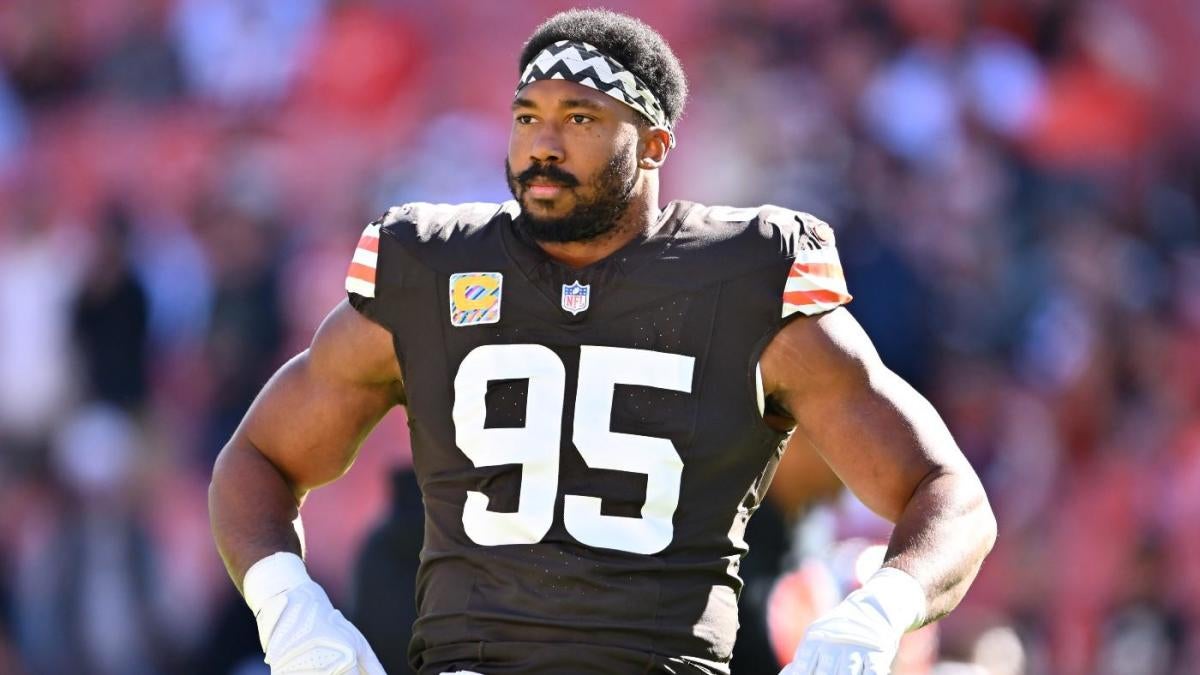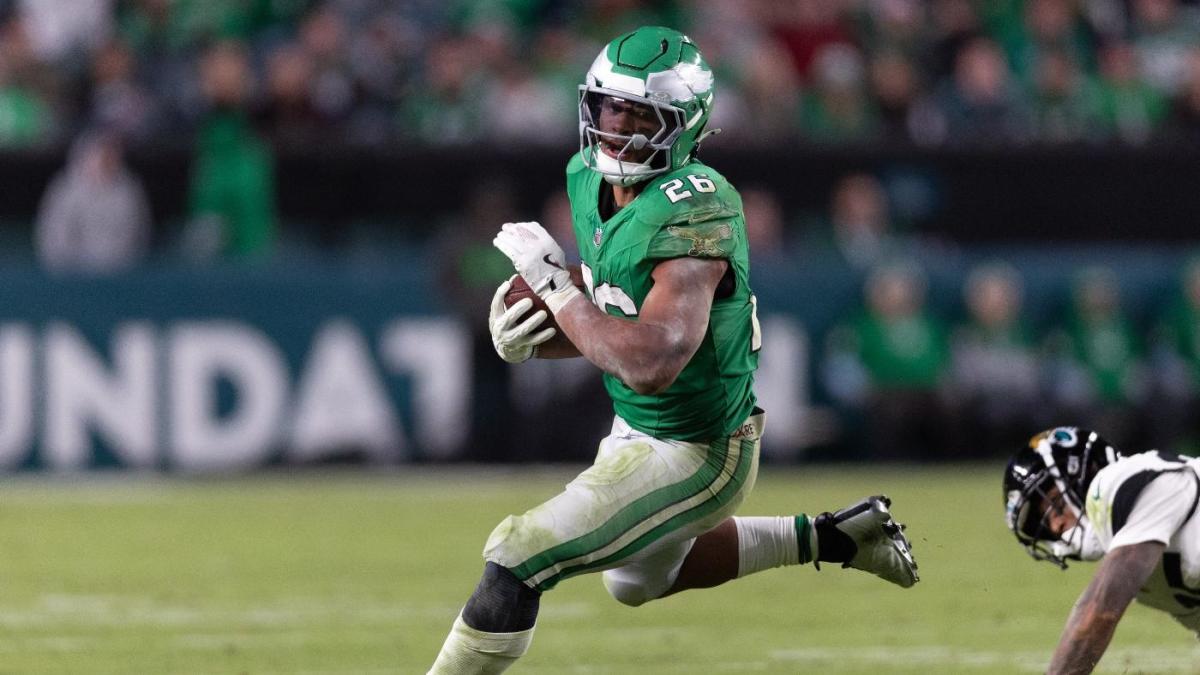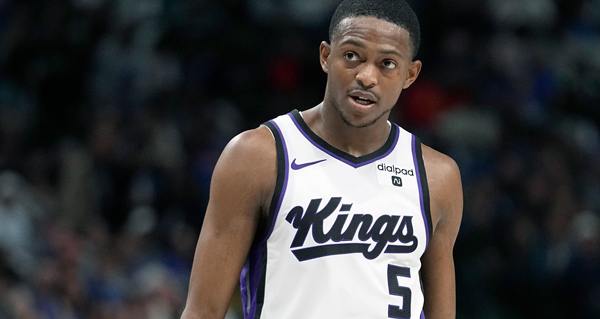
The situation between running back Jonathan Taylor and the Colts went from bad to worse in the blink of an eye. Taylor was placed on the active/physically unable to perform list at the start of training camp. This was the result of him failing his preseason physical because of a surgically repaired right ankle he injured last season.
Colts owner Jim Irsay ignited a social media feud with his comments about running backs on X (formerly known as Twitter) during the middle of last week. He characterized running backs wanting changes to be made to the NFL because of being underpaid as bad faith.
Malki Kawa, Taylor’s agent, responded on X by charging that Irsay was operating in bad faith by not paying his top offensive player. He also suggested the relationship between Taylor and the Colts is beyond repair.
Taylor, who is entering the final year of his four-year rookie contract, has been frustrated with the Colts’ unwillingness to have discussions about a new deal. He is scheduled to make $4.304 million this season on a $5,117,482 salary cap number.
Taylor is coming off a career-low 861 rushing yards in 11 games behind an inconsistent offensive line while being slowed by the ankle problem. He was easily the league’s best running back in 2021 when he won the rushing title by 552 yards while averaging 5.5 yards per carry. The 2021 first team All-Pro led the NFL with 2,171 yards from scrimmage, 1,811 rushing yards, 20 total touchdowns and 18 rushing touchdowns.
Irsay and Taylor meeting on Saturday night during practice didn’t ease tensions. Shortly after the meeting, the trade demand Taylor recently made became public knowledge. In response, Irsay was adamant that Taylor wouldn’t be traded. “We will not trade Jonathan Taylor. That is a certainty. Not now or not in October,” said Irsay. The NFL’s trading deadline is Oct. 31 at 4 p.m. ET.
On Sunday reports surfaced that the Colts were contemplating whether to move Taylor to the active/non-football injury list because he allegedly complained of back pain that didn’t exist when offseason workouts ended in mid-June during his physical. Taylor quickly refuted the reports on social media saying he never had or reported back pain. The non-football injury list is appropriate when a player suffers an injury away from team, like between the end of offseason workouts and the beginning of training camp.
One thing the Colts probably don’t have to worry about regardless of how disgruntled Taylor is is him walking out of training camp. It would be a rare and risky move with potentially devastating consequences for the 24-year-old.
Taylor could be fined $40,000 for each day of training camp he missed. The Colts would have the ability to waive or reduce any fines since Taylor is still on his rookie deal. The daily fine for players on veteran contracts is $50,000 and mandatory.
The fine isn’t the risky part. When a player goes AWOL after reporting to camp, his team can send him a letter warning him that he can be put on the reserve/left squad list after five days if he hasn’t returned. Going on the reserve/left squad list would prevent a player from playing football for the rest of the season. The player’s contract would also toll where it would be frozen and resume the next year.
Taylor wouldn’t have an expiring contract after the 2023 season, where he would be an unrestricted free agent absent the Colts designating him as a franchise or transition player, and 2024 would become his contract year. The dire consequences of a team employing the nuclear option is typically enough for a player to return before the five-day period ends after leaving camp without permission.
Teams are expected to inquire about Taylor’s availability despite Irsay’s stance on a trade. The Colts would likely set the bar extremely high, possibly along the lines of what the Panthers got for Christian McCaffrey last October, for Irsay to change his mind. The 49ers acquired McCaffrey for 2023 second-, third- and fourth-round picks as well as a 2024 fifth-round pick.
A similar haul for Taylor is unrealistic. Conventional wisdom suggested the best the Panthers would be able to do was the second- (36th overall) and fifth-round picks the Rams dealt the Colts for Marshall Faulk prior to the 1999 NFL Draft.
Taylor’s contract could also complicate a trade. An insistence on getting a new deal in the process might have a chilling effect on any interest in obtaining him.
McCaffrey is the NFL’s highest-paid running back. The Panthers gave him a four-year contract extension in 2020 when he had two years left on his rookie deal, averaging $16,015,853 per year. McCaffrey’s contract has $39,162,500 in guarantees, which included a running back-best $30,062,500 fully guaranteed at signing.
There are currently only four running backs with contracts averaging at least $12 million per year, down from eight at the end of the 2022 season. The last running back to get a big payday was Nick Chubb in 2021 when he was going into the final year of his rookie contract. The Browns gave Chubb a three-year, $36.6 million contract extension, averaging $12.2 million per year. The deal had $20 million in overall guarantees where $17,133,059 was fully guaranteed.
Taylor certainly wouldn’t reset the running back market given the current financial climate for the position. Chubb’s deal would probably be his salary floor for a contract extension with a trade.
The Colts would have to make a decision on Taylor at the roster cutdown to 53 players on Aug. 29, whether he’s on PUP or NFI, if he still isn’t healthy. He would have to be moved from active/PUP (or active/NFI) to reserve/PUP or reserve/NFI (whichever is most applicable), waived, traded or carried on the 53-man roster despite the injury.
Taylor would have to miss a minimum for four games by going on the applicable reserve list (PUP or NFI). Beginning on Oct. 2, the day after Indianapolis’ fourth regular-season game, Taylor could begin practicing for a 21-day period. The practice window wouldn’t necessary have to open immediately. For example, the Colts could wait until December with it taking that long for Taylor to be healthy
Once Taylor’s practice window opened, the Colts could activate him at any point before the period expired. If he wasn’t activated during the period or the window never opened, he would remain on the applicable reserve list for the remainder of the season.
There would be slightly different ramifications for being on PUP versus NFI for the entire season. Payment of salary is at a team’s discretion while a player is on NFI. The Colts could choose to pay Taylor his entire $4.304 million base salary, nothing or something in between. Players get paid while on PUP.
Taylor’s contract would likely toll by spending the entire season on one of these two lists, extending his rookie contract through the 2024 season since he is currently in the final year of his deal. If a player is physically able to perform football services on or before the sixth regular-season game while on NFI, there won’t be tolling unless the team pays the player his base salary for the balance of the season. With PUP, a player’s contract only tolls if physically unable to perform football services as of the sixth regular-season game and he remains there. Obviously, coming off either list when allowed eliminates tolling.
There’s another intricacy of NFI potentially applicable to Taylor. A player needs a minimum of four years of service at the expiration of a contract to be an unrestricted free agent. A year of such service is known as an accrued season in the NFL Collective Bargaining Agreement. Six or more regular-season games on the 53-man roster, injured reserve or PUP qualify for an accrued season. Games on NFI don’t count for these purposes.
Taylor has three accrued seasons coming into this season. If Taylor spent the first 13 weeks (12 games) on NFI before being activated, he would be one game shy of getting a fourth accrued season. Because Taylor would still have three years of service for free agency, he would be a restricted free agent in 2024. As a restricted free agent, a 10% raise over Taylor’s $4.304 million 2023 base salary would entitle the Colts to a second-round pick as compensation if an offer sheet wasn’t matched.
The hope is that none of the extreme scenarios with PUP or NFI come into play with Taylor because he is cleared to play football this season at some point before the late August roster cutdown. Since Taylor would be playing with fire by walking out, “holding in” could become an option after he passes his physical.
Taylor would need to walk a fine line with a hold-in since he only has three accrued seasons. There’s language in the CBA about not earning a year of service for free agency with a failure to perform contract services for a material period of time. To my knowledge what constitutes a material period of time hasn’t been defined or tested through a grievance.
Taylor doesn’t have any leverage in the situation. Outside becoming a big enough distraction where Irsay changes his mind about a trade or getting an offer he can’t refuse, Taylor is going to have play for the Colts this season in a “marriage of convenience.” He probably needs to demonstrate that his down 2022 season (by his standards) was an anomaly because of the ankle injury.
It’s conceivable that a return to his previous form could convince the Colts to give him a new deal near the top of the running back market early next offseason. The more likely outcome is Taylor getting a franchise tag in 2024 putting him in the same place as Saquon Barkley and Josh Jacobs were this year. Neither running back got a multiyear contract before the mid-July deadline for franchise players to sign long term.
Go to Source
Author: Joel Corry
August 2, 2023 | 2:30 pm
































